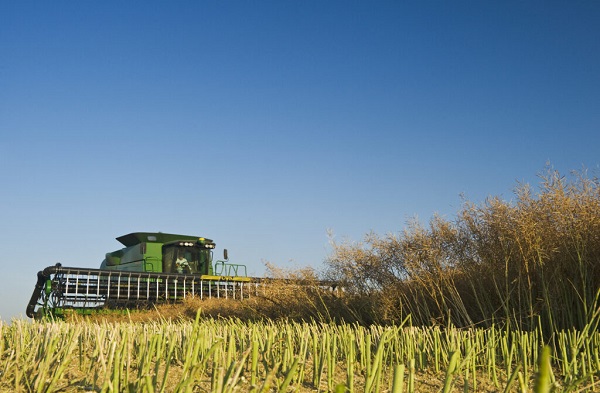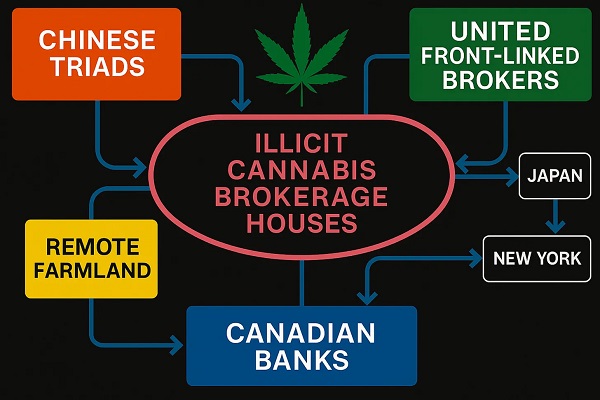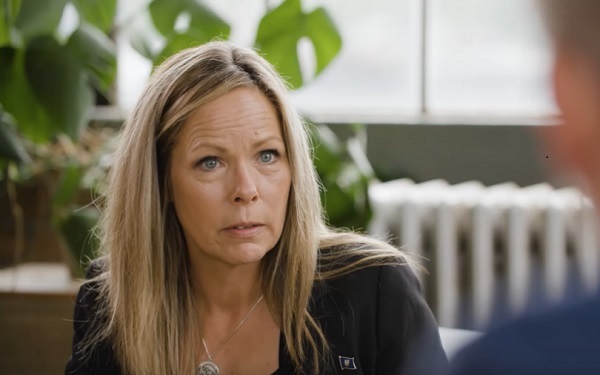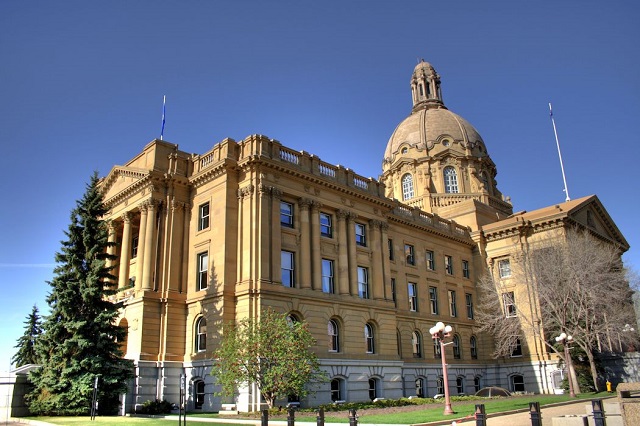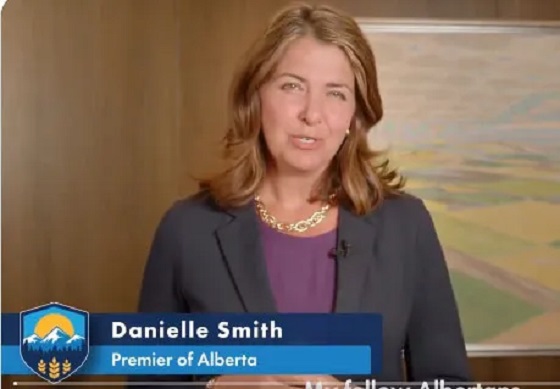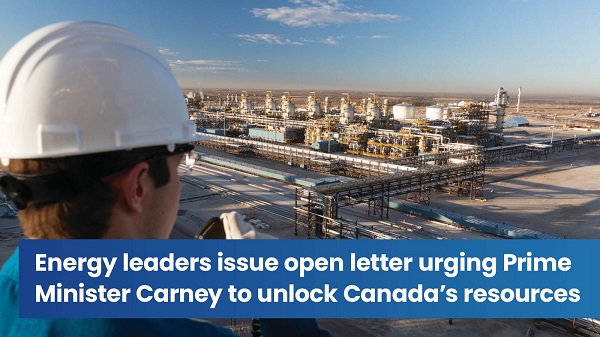Alberta
No Matter Which Formula, Albertans Win With An Alberta Pension Plan
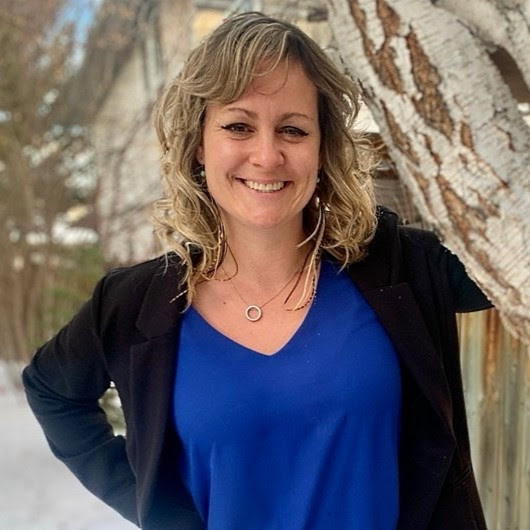
From the Alberta Institute
Guest Post By Lindsay Wilson
Opponents of the Alberta Pension Plan (APP) have wasted no time busting out the pitchforks, with their legacy media lapdogs hard at work toeing the line for the union big wigs and their NDP friends.
It’s merely weeks into the launch of a province-wide public consultation to educate and get feedback from Albertans on an APP and there is no shortage of Trudeau-funded media penning pieces laden with misinformation.
They’re pushing a fear-based narrative that has seniors running scared and reasonable people questioning whether the bold move isn’t a little selfish which is no different than what Quebec has been doing — quite successfully — since day one.
For us here at Alberta Proud, we not only think opting out of the Canada Pension Plan (CPP) and establishing an APP is a great idea — it’s a critical step toward more Alberta autonomy.
If we don’t, will we ever achieve much of anything in the arena of autonomy? Think about it: if we can’t win a referendum on the one thing we don’t need permission from Ottawa to do, where does that leave us?
More Alberta and Less Ottawa isn’t just a pie in the sky for us at Alberta Proud. It’s our mantra.
We genuinely believe enough is enough. It’s time for Ottawa to take a hike, including their antiquated equalization formula that you voted 62% in favour of scrapping.
We now have an opportunity to leave the CPP, in favour of a made-in-Alberta plan which must offer the same or better benefits. And it will, without question, put more money into your pocket every year as we finally won’t be overcontributing.
The newest twist in the anti-APP narrative is casting doubt on the formula the independent, government-commissioned LifeWorks report produced: that 53% of the CPP assets ($334 billion) would be owed to Alberta.
By switching to an APP, that translates to putting an additional $1,425 back into each employee’s pocket, according to LifeWorks, and when you consider the employer’s contribution, that amount is effectively doubled.
That’s a huge incentive for Alberta employers, those coming here to work and for the majority of hard-working everyday people who are drowning in this era of inflation (or #justinflation as we like to call it at Alberta Proud).
Meanwhile in the mainstream media, economist Trevor Tombe is balking at the math, claiming Albertans will be owed around one-third of what LifeWorks has assessed.
While it may seem odd everyone is arriving at different numbers, here is the kicker: even if we leave with only 17% (among the lower estimates floating around and not the 25% estimated by Tombe or the 53% estimated by LifeWorks) it’s still a better deal for Albertans.
But how, you ask? Simply put, we would finally get a break from this hidden transfer program, which is yet another way in which hardworking Albertans subsidize the rest of the country.
We have a comparatively younger population and because of this, we have paid more than we have collected. It has always been this way for us, and it doesn’t look like that will change. In the past year, a record 185,000 new Albertans moved here to work and take advantage of our low taxes and abundant opportunities. Any way you slice it, our contribution rate would fall.
Another concern is around who will manage an APP.
While the opposition is quick to point out CPP investment returns have been decent and that an APP would be best not left in the hands of AIMCo, did you know we could very well use the same pension fund manager as the CPP or another arms-length, third party?
By putting Alberta first, you will not risk your pension.
By switching to an APP, you will put more money in your pocket.
Ottawa has long turned its back on Albertans and continues to hit us with eco-radical regulations that will leave us broke and freezing in the dark. If we stay in the CPP, we are sending them a message that they can keep pushing us around, forever, no matter what they do to us.
It’s time for a change.
So, take a moment to fill out the Alberta government survey.
Send emails to your MLA, Finance Minister Nate Horner and Premier Danielle Smith. Show up to the townhalls.
Alberta’s future of more autonomy depends on all of us getting loud and Alberta Proud!
Lindsay Wilson is the President of Alberta Proud, a group of citizens concerned about Alberta’s future within Canada.
Alberta
Alberta teachers to vote on tentative agreement with province

President of Treasury Board and Minister of Finance Nate Horner issued the following statement about the ongoing negotiations with TEBA and the ATA:
“Last Friday, the Alberta Teachers’ Association (ATA) made an offer to the Teachers’ Employer Bargaining Association (TEBA). Both parties have agreed to form a tentative agreement based on shared priorities and members will vote on the tentative agreement in the coming days.
“My thanks to both parties for their work in developing a tentative agreement that reflects elements that are good for teachers and the education system, as a whole.
“Alberta’s government is investing nearly $10 billion, the largest investment in the province’s history, to support the province’s teachers and students. On top of that, we’re putting $8.6 billion into building and renovating over 130 schools so students have safe, modern spaces to learn. Alberta’s government has also committed to hiring 3,000 additional teachers to reduce class sizes and support student learning.
“If ratified, this deal will form the basis for labour stability in the province and will be a positive path forward for a successful school year for our kids. Out of respect for the ratification process, I won’t get into the specifics of the deal, but I will say the tentative agreement is strong on classroom investment.
“At this time, both TEBA and I have no further comments.”
Alberta
Alberta pro-lifers demand protections for infants born alive after failed abortions

From LifeSiteNews
Prolife Alberta’s ‘Left to Die’ campaign demands protections for the hundreds of babies born alive after failed abortions, urging policy changes to ensure they receive medical care.
Prolife Alberta has launched a campaign to demand protections for children born alive after failed abortions.
The organization announced a new initiative titled “Left to Die,” which seeks to expose Alberta’s current policy that leaves babies born alive after botched abortions to die without care.
“LeftToDie.ca shines a light on a tragedy most Albertans don’t even know is happening: babies being born alive after failed abortions and left to die without care,” a Prolife Alberta spokesperson told LifeSiteNews.
“Using official government data, we are exposing this hidden reality and mobilizing grassroots citizens to press Alberta’s elected officials to act,” the spokesperson continued. “Our goal is to see AHS policies revised so this practice can no longer continue, and to establish clear protections ensuring that every child born alive — no matter the circumstances — receives the same right to medical care and comfort as any other newborn.”
According to official data from the Canadian Institute for Health Information (CIHI), which is the federal agency in charge of reporting the nation’s health data, in 2023-2024, there were a staggering 133 late-term abortions in Alberta. Of these, 28 babies were born alive after the abortion and left to die.
This fact was recently exposed in an opinion piece published by the Western Standard from Richard Dur, who serves as the executive director of Prolife Alberta.
However, so far, Alberta officially has failed to introduce legislation to protect babies born alive after abortions despite knowing about the situation.
As Prolife Alberta pointed out, “twenty-five years ago, as a columnist for the Calgary Herald, Danielle Smith exposed the horror of babies being born alive after failed abortions and left to die – a ‘horrific practice,’ in her own words.”
“Today, as Premier of Alberta, she is in a position not just to write about this injustice — but to end it,” the organization explained. “Every day adds to 25 years of silence since that article was published. Her silence — and that of her government — sustains the policy.”
The new campaign encourages Albertans to educate themselves regarding the situation and to share this information and the campaign with their family and friends. Albertans are also advised to contact their local MLA through the new website and to urge them to support protections for babies born alive.
“Regardless of where one stands on abortion, life after birth should matter to all of us,” Prolife Alberta told LifeSiteNews. “To deny a living child even the most basic medical care — merely because of the circumstances of their birth — is a profound moral failure.”
“These human beings have survived an attempt on their life in the womb, only to be abandoned to death outside it,” the organization continued. “Revising health policies that permit this would not regulate or restrict abortion in any way, but it could save a newborn child’s life.”
As reported by LifeSiteNews recently, 150 babies were born after botched abortions in 2023-2024 in Canada. However, it’s not known how many survived.
Similarly, reports from 2018 have indicated that 766 babies were born alive after late-term abortions in Canada between 2013 and 2018 and presumably left to die.
-

 Alberta14 hours ago
Alberta14 hours agoAlberta teachers to vote on tentative agreement with province
-

 Alberta1 day ago
Alberta1 day agoAlberta pro-lifers demand protections for infants born alive after failed abortions
-

 Business1 day ago
Business1 day agoTaxpayers: Stop wasting money and scrap the gun ban
-

 Business1 day ago
Business1 day agoWEF has a plan to overhaul the global financial system by monetizing nature
-

 Daily Caller1 day ago
Daily Caller1 day agoTrump’s Ultimatum To Europe On Russian Oil
-

 Crime1 day ago
Crime1 day ago1 dead, 2 injured after shooting at Dallas ICE facility
-
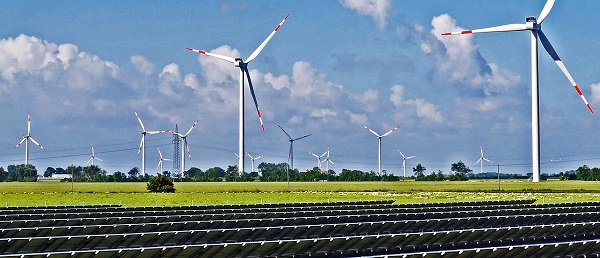
 Energy1 day ago
Energy1 day agoBig Tech’s ‘Misleading’ Green Energy Claims May Plunge Nation Into Blackouts, AGs Warn
-
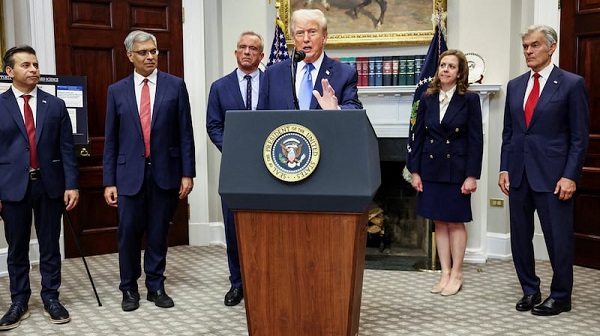
 Autism1 day ago
Autism1 day agoTrump Blows Open Autism Debate
